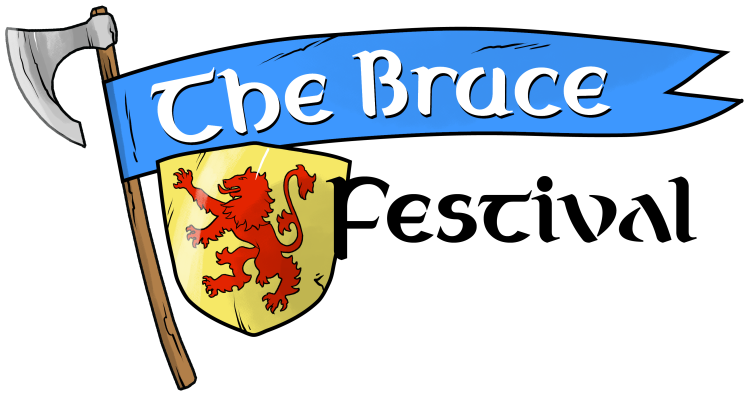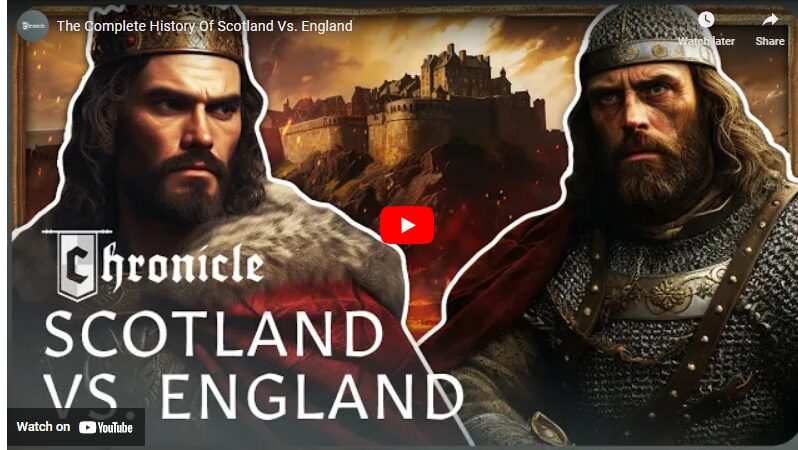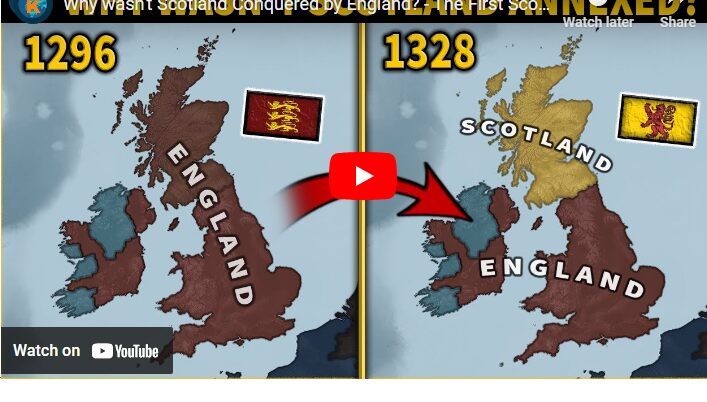
Clans To Commoners: Scotland’s Social Class System, Explained
At the heart of Scotland’s remarkable journey is its unique social hierarchy – first forged in the clan system, and further branching out through history to create a unique tapestry of family alliances and rivalries that have shaped the nation’s character.
Welcome to an enlightening exploration of Scotland’s rich history and social class structure, from the valiant clans of the Highlands to the vibrant commoners in the Lowland towns. This episode delves into Scotland’s journey from its early diverse cultural mosaic to its current social class hierarchy, highlighting the nation’s transformation into a cultural powerhouse at the heart of human ingenuity. The episode begins by exploring the intricate ethnic and social fabric of early Scotland, shaped by the Britons, Picts, Angles, Gaels, and Norse. The focus then shifts to the heart of ancient Scottish society – the clans.
These clans, led by chieftains and characterized by hereditary leadership, formed a complex social network, with smaller factions known as “septs” playing a crucial role. The episode also examines the diplomatic dynamics among clans and their influence on Scottish society. The narrative continues with the evolution of Scotland’s social structure, influenced by the influx of Anglo-Saxon settlers post-1066 and the rise of a structured medieval aristocracy.
The societal hierarchy extended from the king to rural lairds, urban burgesses, and various other social classes, culminating in a discussion about the union of Scotland and England in 1707, which marked a new chapter in British identity and social class. The episode further explores the Scottish diaspora’s global influence, particularly during the period of the Highland Clearances and mass emigration. The impact of the Scots-Irish in America, the changing land ownership patterns in Scotland, and the arrival of Irish immigrants reshaping Scotland’s societal makeup are discussed in detail. This segment highlights the influence of sectarianism and workplace discrimination, especially against Catholic immigrants.
In examining the changing faces of Scotland’s workforce, the episode delves into the longstanding sectarian rivalry between Glasgow’s football teams, Rangers and Celtic, and the industrial revolution’s impact on Scotland. The decline in manufacturing jobs, women’s employment, and the emergence of the North Sea oil industry are also covered, painting a picture of Scotland’s economic transformations.
The episode concludes by analyzing the modern Scottish social class structure, where echoes of its clan-based past are still evident in land ownership. It discusses the concentration of land ownership, the disparity in wealth, and the socio-economic stratification in urban areas. The episode ends by reflecting on Scotland’s social mobility, highlighting the significant changes in the social class of individuals compared to their upbringing.
Donate to the Festival
Any and all donations that you make are greatly appreciated and help us continue our efforts in bringing you a great event along with a website full of information about Robert the Bruce & Scottish/Irish Heritage.


